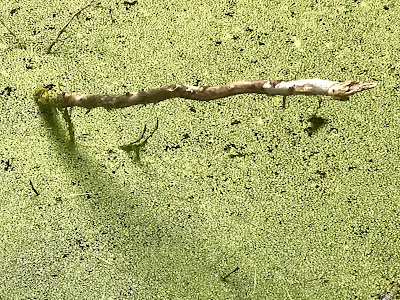by Rabbi Katy Z. Allen
 |
Have you ever heard of the Mid-State Trail?
I've known about this trail for many years. It runs 92 miles from the Rhode Island border to New Hampshire, through Worcester County. I've always wanted to hike it.
Now, at the age of 70, with a nagging back and a body weakened by numerous very annoying but not life-threatening health issues, I've decided to walk this trail. It's now or never. And Gabi, closing in on 79, has decided to come with me.
To make our project more interesting and more meaningful, we are turning our effort into a fundraiser for the Framingham Community Farm, a volunteer farm on the campuses of Edwards Church and First Parish of Framingham. This small farm donates all its fresh, organic produce to A Place to Turn food pantry in Natick, providing delicious fresh vegetables to hungry families in the Metrowest area throughout the summer.
Our goal is to raise $3000 for the Framingham Community Farm, to be used to add five more beds to the gardens at Edwards Church / Open Spirit, set up a drip irrigation system for the beds at First Parish, and enrich the farm by adding raspberries and blueberries.

This project feels like a totally crazy thing for us to do, and also exactly the right thing. We invite you to join us on our adventure through a donation here, either as a lump sum or a per-mile amount, to spur us on.
We also invite you to join us on the trail for a day or two or more. We have no set schedule, but hope to walk a section of the trail at least one day a week. Just keep in mind that if you walk with us, you have to be willing to meander at our tortoise pace and listen to us wondering why we ever entered into this unexpected endeavor. And if you live near the trail and would like to host us overnight to make it easier for us to hike two days in a row, we'd love to spend time with you!
We promise nothing whatsoever except that we will start and we will try. Once significant snow flies we plan to pause until better conditions arrive. Life may get in the way and slow us down or stop us. Or we may walk all of those 92 miles during the coming months.
We'll post updates and photos on Facebook and Instagram. Please share our journey and spread the word. Thank you for your interest and participation. Hope to see you on the trail or volunteering at Framingham Community Farm!
Katy and Gabi




























